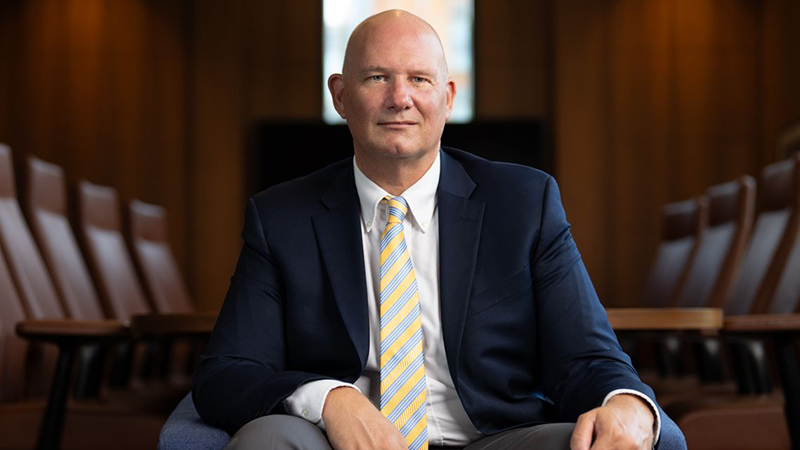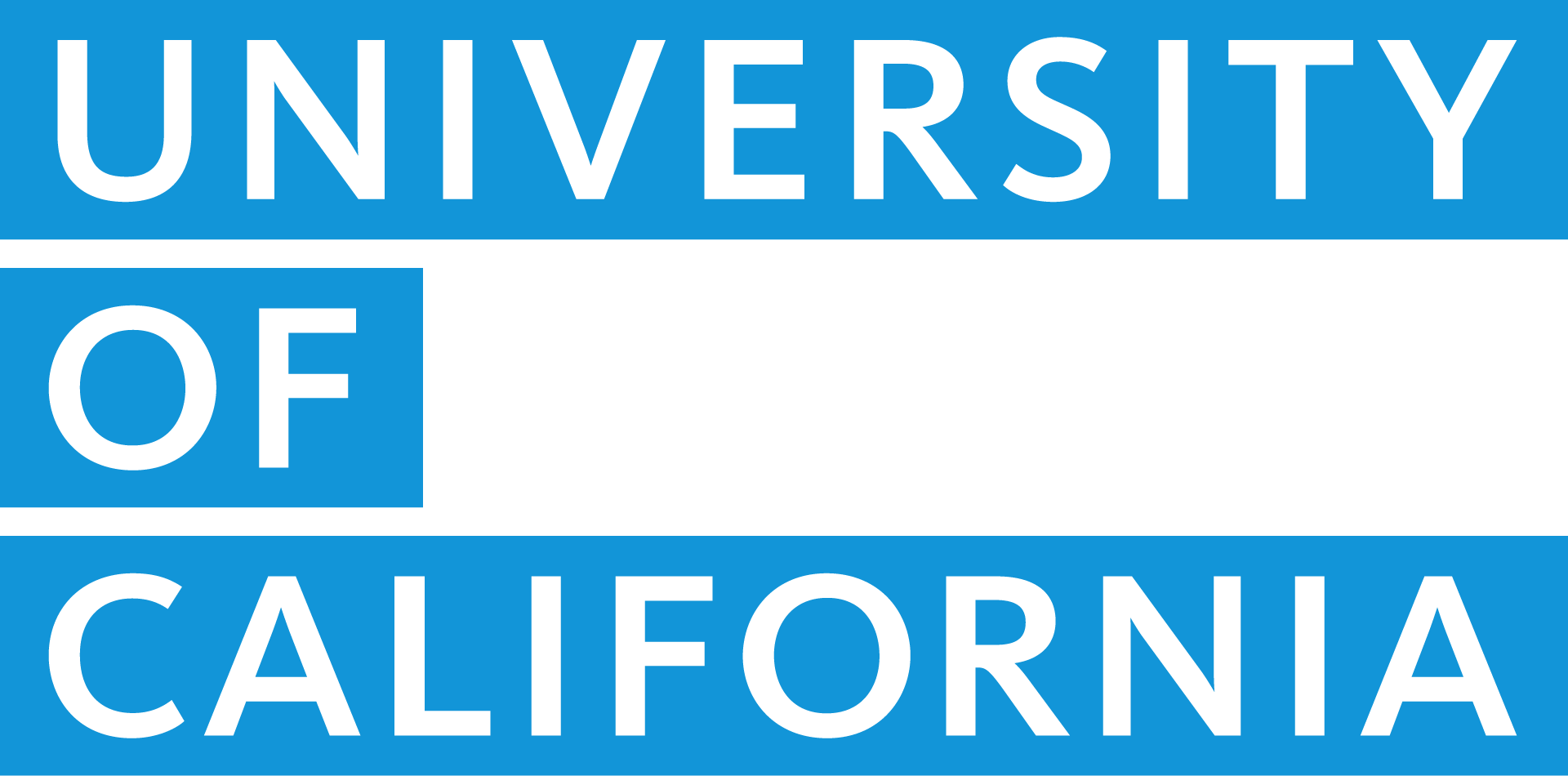UCLA’s Joe Way on leading the charge to transform learning technology
Share This Article

By Madeline Adamo, UCLA
On paper, Joe Way’s job at UCLA might sound like he’s implementing wall-sized transparent computer screens and holographic telepresence on campus. And if that technology were readily available today, there’s no doubt he would be bringing it to Westwood.
Until then, UCLA’s executive director of digital spaces is working to make technology more consistent across campus and planning future digital infrastructure to benefit the Bruin community. Think video systems in residence halls — similar to those in hotels — that learn users’ habits and needs or digital wayfinding signage that better integrates emergency messaging on campus.
Way, who joined UCLA almost a year ago, has plenty of experience in educational technology. His current role in UCLA IT Services was created to help lead the Digital Campus Roadmap — an initiative providing the pathway for an information technology support model that helps advance goal 4 of the UCLA’s Strategic Plan: to elevate teaching in a way that centers on inclusive excellence.
“Four walls don’t make a classroom: Learning can happen anywhere,” said Way, who in 2019 formed a higher education technology managers alliance that now has over 6,000 members and represents 1,400 institutions worldwide. “Students think more of a college experience, not just going to class. That’s only 10% of their time.”
Newsroom spoke with Way about how he and his teams are elevating campus technologies and what he’s seeing in the latest learning trends.
This interview has been edited for length and clarity.
What do you do at UCLA?
I oversee classroom and live event technologies pretty much across the enterprise. That includes our general use classrooms — of which there are around 200— as well as our administrative conference rooms and live events at spaces like the (UCLA Meyer and Renee) Luskin Conference Center and the Hill. Looking ahead, I’ll be reimagining our digital signage.
Through the pandemic, a lot of services we didn’t think of beforehand were exposed, like the ability to record classes. Even now, back on campus, recording gives students an opportunity to worry less about taking notes. Being able to have transcription and translation services also really helps for digital access and equity.
I was brought in to see how we can bring these services to all of our classrooms. It’s really looking at how we can make them effective for the students and faculty, with more active learning that uses classroom time for discussion and application of the principles that might have been watched online ahead of time.
What is a project you’re working on, and why is it important?
In the subcommittee on modernizing the classroom, there are 10 of us looking at the current state of our classrooms. We’re also looking at the trends in higher education to inform how we can make our classrooms more effective for new ways of teaching and learning. After this phase, we’ll be putting together our comprehensive strategic plan that my group then will be then implementing.
We’re going to look at social spaces and how we can integrate those into the residence halls. We’ve seen a big move toward group studies. If we look at the research library, there’s ergonomics to allow that collaboration. You have to be able to turn chairs around and push tables together easily. So, we’re really looking at this holistically. I think taking what we naturally want to do as humans and bringing that into teaching and learning is going to be how we can make it more effective.
For example, as more TVs are installed in residence halls, why not also integrate a hotel system that will allow students to flip on the TV in their room and scroll down a menu to watch their class from the day before? We could send messaging through it; they could order their Starbucks through it because the system would start to understand them. You probably get in your car and it knows where you want to go because it gets used to your habits. Why not bring that into our campus experience?
What do you love about working at UCLA?
There’s a feeling here of community that I’ve never felt before. To be able to meet former Chancellor Gene Block, to see now Interim Chancellor Darnell Hunt, and to see and work with Vice Chancellor Michael Beck … I feel it from the top down — the sense of people rooting for you and saying, “I want you to be successful; we have an opportunity to do this.”
That environment encourages me to keep wanting to do this work. It doesn’t matter who I’m talking to or what department. I don’t feel like it’s siloed at all. There’s a support system, and you feel that people are proud of what we’re about to embark on. I think having this strategic plan and having Chancellor-designate Julio Frenk coming in January will really give us that opportunity to have an impact that will outlive all of us.
